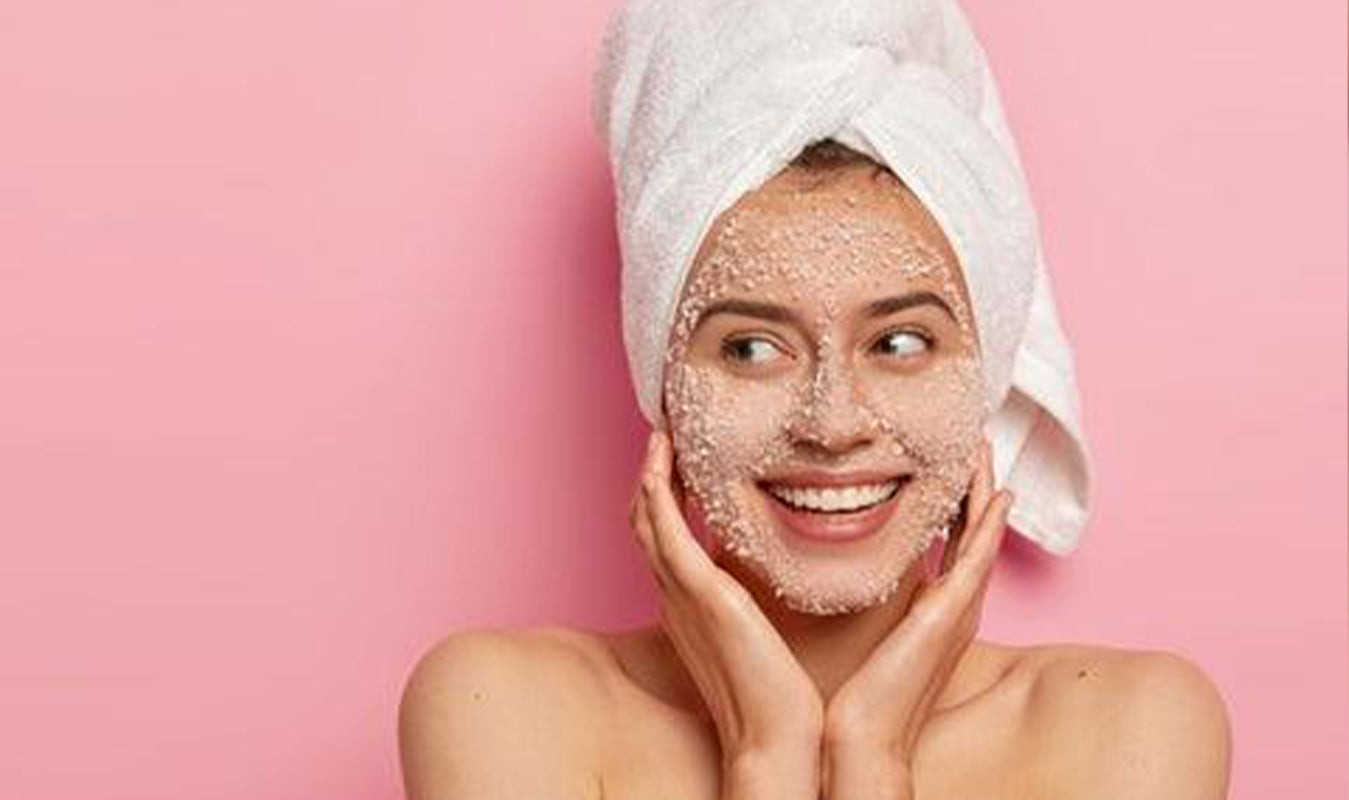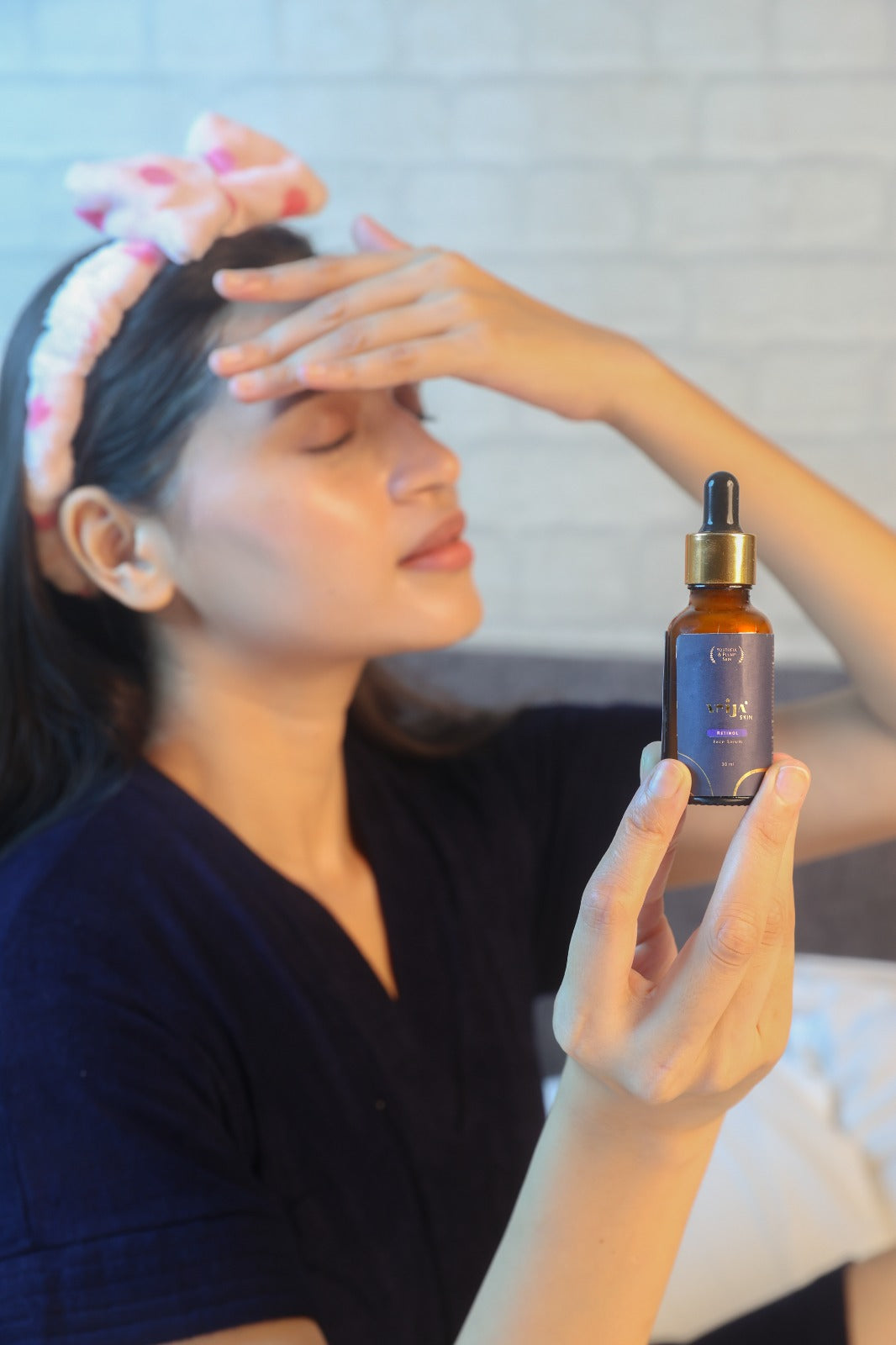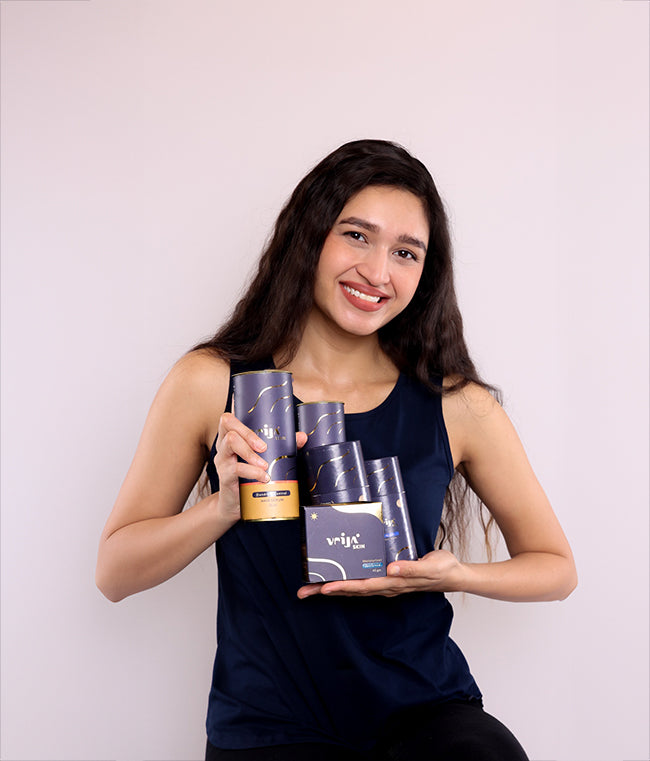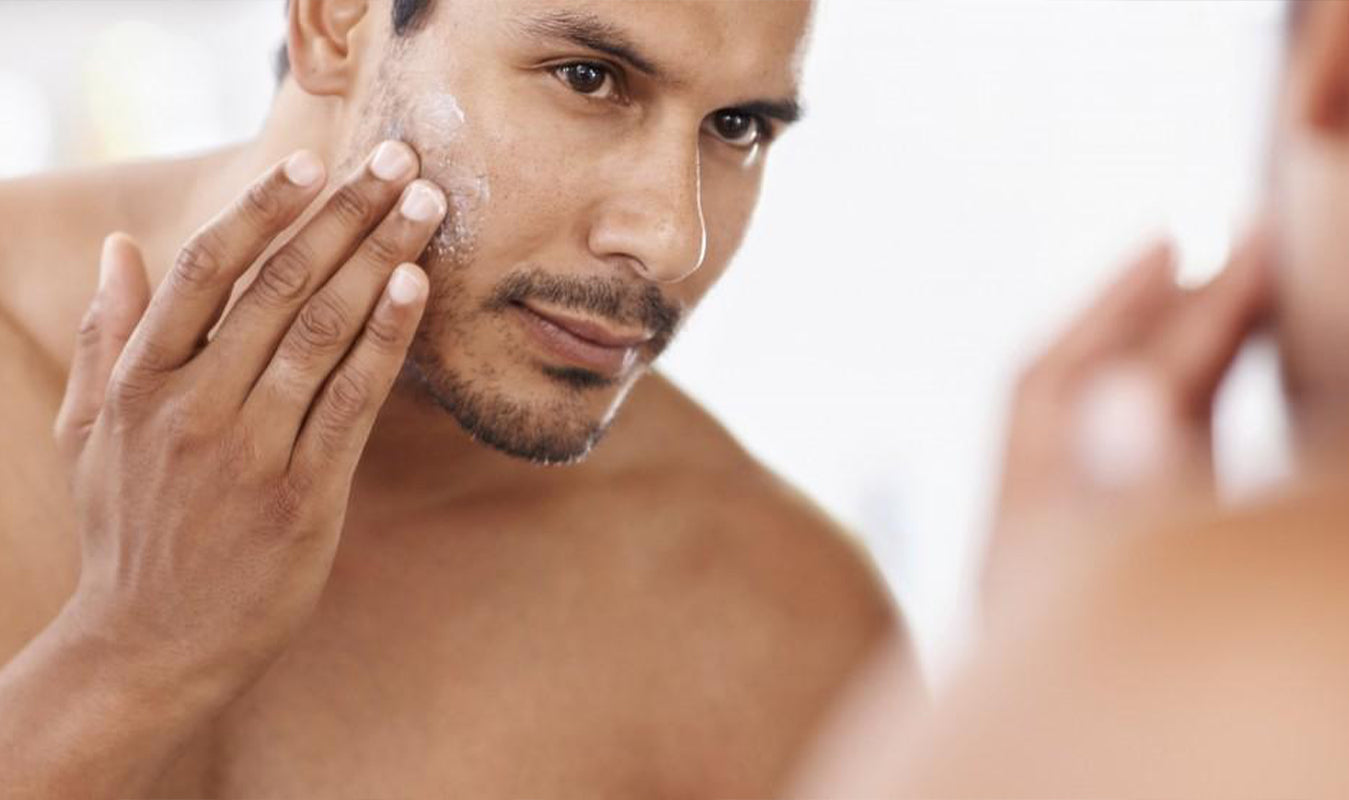
Exfoliation guide for each skin type
The skincare package is a steal deal. If you have four steps right, you have it all figured out. “What are these four steps?” you may ask. Well, these four steps include cleansing your face twice a day, exfoliating twice a week, moisturizing twice a day, and diligently applying SPF every single day! Even though exfoliating your skin is merely a bi-weekly event, it is simply not something you can skip. And no, exfoliation does not mean aggressively scrubbing away your skin till you magically unveil glowing skin. When you are consistent with exfoliation, you reveal radiant skin and reduce the development of acne, blackness, and dullness. Further, exfoliation helps in building collagen in your skin, which in turn sustains firmness, hydration, and keeps away the signs of ageing.
Though it may sound straightforward, it is a pretty complicated step in your skin to get a hold of. If you want to become the exfoliation expert of the town, you need to learn a) the different exfoliation techniques and b) how to apply these techniques to different skin types.
Physical vs Chemical exfoliation
- Broadly speaking, there are two principal types of exfoliants: physical and chemical. Physical exfoliants remove dead skin cells from the superficial parts of your body by mechanically abrading them. This is achieved with the help of small particles (think of scrubs), or a textured surface (think of a pumice stone or a microfiber cloth). As physical exfoliators mechanically buff away dead skin cells, they provide a very quick fix to dullness. However, when you overdo physical exfoliants, you risk your skin developing micro-tears; thus increasing the possibility of dermatitis.
- On the other hand, chemical exfoliants use acids to dissolve the glue that holds your skin cells together. Thus when the skin cells loosen up, it becomes easier to renounce them. Thus, chemical exfoliants penetrate the skin and indirectly aid in increasing its turnover. Just like the former category, you can easily go overboard with chemical exfoliators and end up with chemical burns. Chemical exfoliants are divided into three primary categories:
- Alpha hydroxy acids are water-soluble acids derived from fruits. As they are hydrophilic, they cannot penetrate the deeper layers of the skin. However, they are potent enough to penetrate deep enough to dissolve the superficial layers of skin. AHAs, including glycolic acid, lactic acid, and mandelic acid, is used for bumpy skin, hyperpigmentation, and large pores.
- Beta hydroxy acids or BHAs are oil-soluble acids. Salicylic acid is by far the most popular BHA. Owing to their lipophilic nature, these acids can penetrate the deeper layers of the skin. They are particularly helpful if you want to treat comedones like acne and blackheads.
- Poly-hydroxy acids or PHAs are known as second-generation AHAs. These babies have a larger molecular size, making it slightly difficult to penetrate very deep, but somehow provide the same benefits without the added irritation.
As we now know, different types of exfoliators have different properties. Just as you would not use a thick, heavy, occlusive moisturizer for oily and acne-prone skin that tends to clog easily, you should think twice before picking up just any exfoliator.
1. Dry skin: if you have dry skin, it is probably best if you avoid mechanical exfoliators completely. Dry skin folks tend to gain the maximum advantage if they use chemical exfoliators, particularly AHAs. Start with AHAs that have a larger molecular size, like mandelic acid, as they are least conceivable to irritate your skin. As your skin gets conditioned, move up to lactic and then glycolic acid.
2. Sensitive skin tends to get annoyed very easily, so it is not a good idea to use a mechanical exfoliator. Your best friend would be any good quality PHA. However, even when you decide to pick a PHA, patch testing is always a good idea. The oatmeal extract is another good option for exfoliation if you have sensitive skin.
3. Oily skin tends to profit more from chemical exfoliants. To be more specific, pick a good quality BHA that contains about 2% salicylic acid which will aim at cleaning clogged pores.
4. Combination skin benefits with using any type of chemical exfoliator. Besides, you can sometimes (not more than twice a month), you can throw in a mild enough mechanical exfoliator to buff away dead skin cells.
5. Normal skin is blessed with an adequate balance of oil production. This makes you the choosers- you can pick any type of exfoliant according to your needs. Just remember to be gentle enough with your skin.




